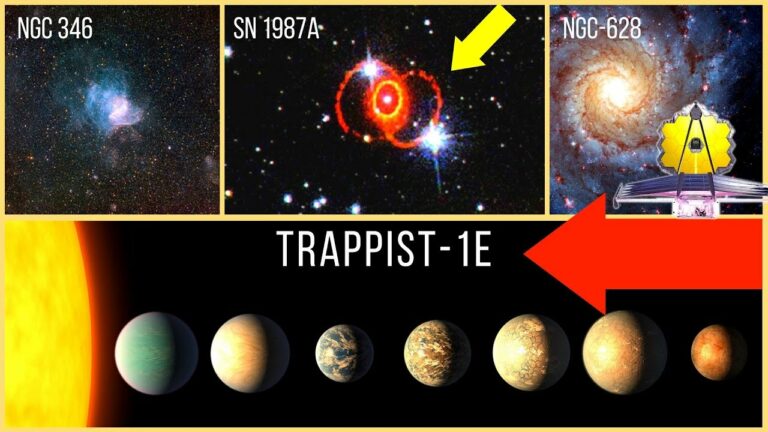Breaking!! JWST next cosmic targets revealed [ Mind-Blowing ]
The James Webb Space Telescope’s first full-color images were spectacular, but they are only a taste of the instrument’s possibilities.
In fact, we may not even have words to describe what’s to come.
On July 16 and 17, JWST made some progress, focusing its massive mirrors at mind-boggling events.
NGC 346: NGC 346 is a young open star cluster with an accompanying nebula in the Small Magellanic Cloud, which appears in the southern constellation Tucana.
On July 16, Webb targeted its NIRCam and MIRI detectors at the nearby Small Magellanic Cloud, specifically at the NGC 346 cluster.
Next up is a dusty object. But not just any dust. It’s stardust.
SN 1987a: A blast in 1987 that blazed with the intensity of 100 million suns for months was the first SUPERNOVA visible to the unaided eye in more than 400 years.
It was the first supernova that modern astronomers could investigate in great detail, despite the fact that the explosion gradually diminished.
The James Webb Space Telescope spotted this object on July 16.
However; when the data are released, we will use it to determine whether the heart of this star collapsed to form a neutron star or a black hole, allowing us to learn more about what happened to it after it exploded.
NGC-628: On July 17th, Webb’s MIRI and NIRCam equipment captured the most thorough photos ever.
The Platonic ideal of a spiral galaxy is NGC-628, better known as Messier 74. It is a massive spiral galaxy in the Pisces constellation. It is approximately 32 million light-years from Earth.
Because the galaxy has two well defined spiral arms, it is cited as an iconic example of a grand design spiral galaxy.
Finally and the most exciting! TRAPPIST-1E: Since the first confirmed exoplanet was discovered in 1992, scientists have discovered over 5,000 alien planets orbiting faraway stars.
TRAPPIST-1e is one of the planets that James Webb will directly examine.
TRAPPIST-1e will be observed by James Webb five times during its passage.
The study team will use Webb to look for evidence of those atmospheres and to look at surface composition as these planets pass behind their stars, so it could be a real tour de force for the mapping of the atmospheres, and in some cases, even the surfaces, of these planets around other stars.
Do not forget to share your opinion with us to provide you with the best posts !





0 Comments